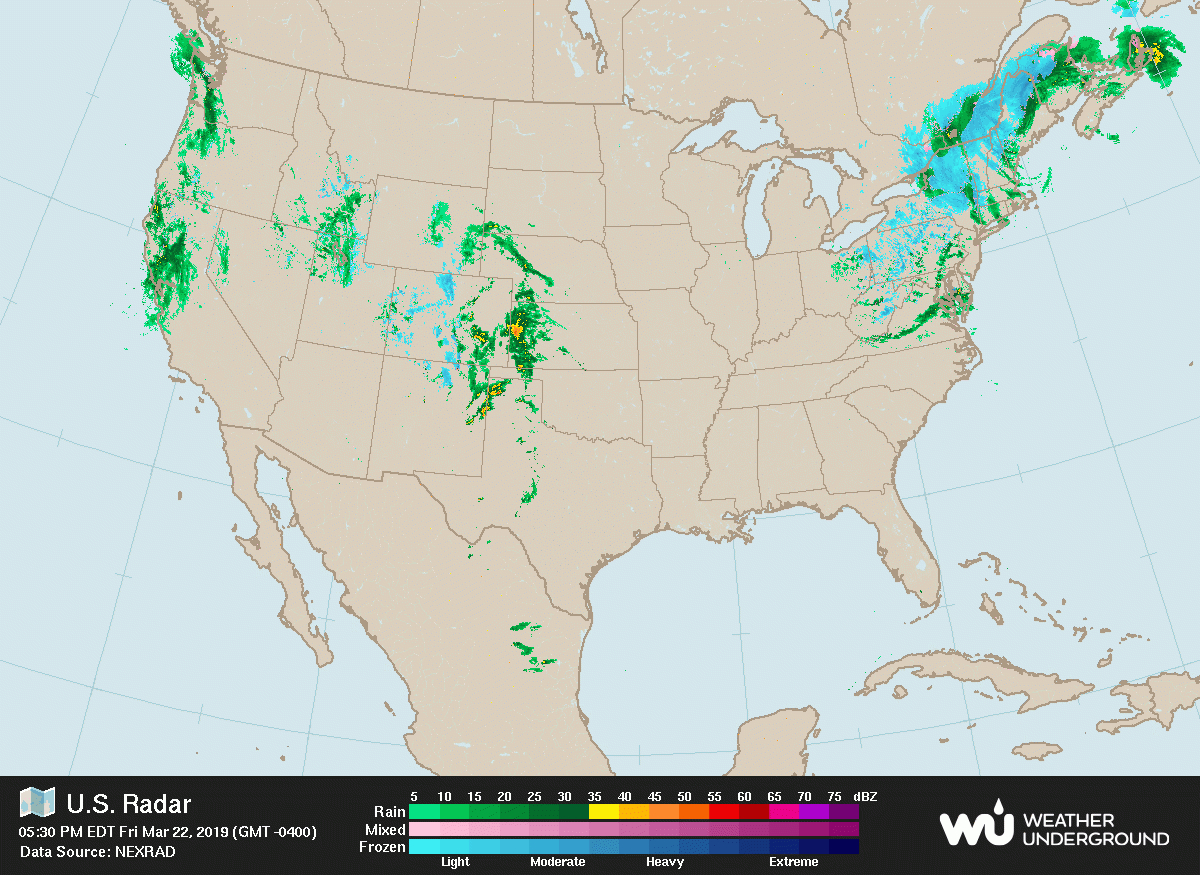

In general, frost is more common than snow, requiring temperatures of 32 ☏ (0 ☌) or less at 2 m (7 ft) above sea level, a cloudless sky, and a relative humidity of 65% or more. ĭue to Florida's low latitude and subtropical climate, temperatures low enough to support significant snowfall are infrequent and their duration is fleeting. In any event, Miami, Fort Lauderdale, and Palm Beach have not seen snow flurries before or since this 1977 event. In Miami, Fort Lauderdale, and Palm Beach there has been only one known report of snow flurries observed in the air in more than 200 years this occurred in January 1977. According to the National Weather Service, in the Florida Keys and Key West there is no known occurrence of snow flurries since the European colonization of the region more than 300 years ago.

With the exception of the far northern areas of the state, most of the major cities in Florida have never recorded measurable snowfall, though trace amounts have been recorded, or flurries in the air observed few times each century.

state of Florida, especially in the central and southern portions of the state. It is very rare for snow to fall in the U.S. Much of the Panhandle experienced significant ice buildup (from freezing rain and sleet) followed by a light snowfall. Ice and snow as seen from an FDOT camera on the Bay Bridge in far northern Florida, following a winter storm on 28–29 January 2014.


 0 kommentar(er)
0 kommentar(er)
